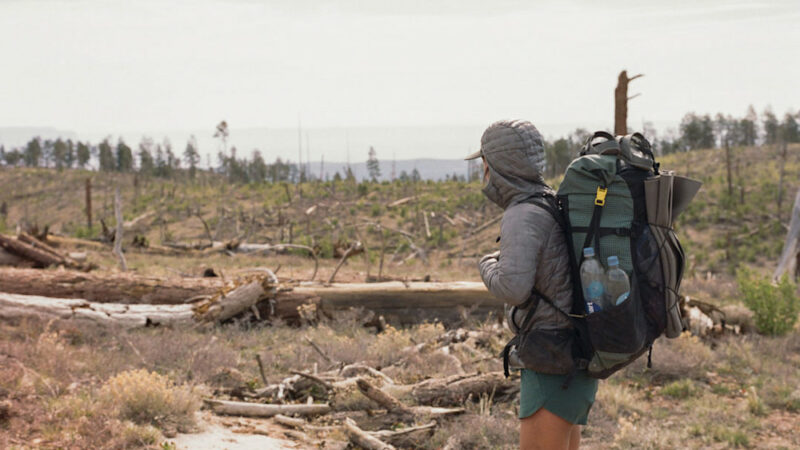The Art of Dry Stone Walling and How to Build Your Own

The practice of dry stone walling can be traced back to ancient civilizations in the Neolithic era when they were first used to block off sections of land for farming. County Mayo’s Céide Fields is one of the largest and oldest examples of Stone Age farming in Ireland, with some of the walls dating back 6,000 years. Now a UNESCO World Heritage Site, the walls there represent the beginning of farming in Ireland.
The ancient Greeks saw more potential in dry stone walls and began to use them to fortify buildings and support heavy structures. One of the world’s most well known dry stone walls is Hadrian’s Wall in the UK, a behemoth that runs for 73 miles across the middle of the country from the east coast to the west, marking the former northern boundary of the Roman Empire.
Since the Middle Ages, the dry stone wall has become synonymous with farming in Europe, mainly used to section off plots for livestock to stop them wandering. This practice became the norm in many places and as farming became more and more popular, so did the walls.
The Cultural Importance of Dry Stone Walls
The cultural importance of dry walls is seeing renewed attention in Ireland thanks to groups like Common Knowledge. This non-profit social enterprise on the west coast teaches people the skills of dying crafts like foraging and lime rendering, and offers a weekend course on dry stone walling with a master stonemason. “Dry stone walls are as much a part of the Irish landscape and culture as a creamy pint of Guinness and a warm welcome,” says Common Knowledge co-founder Harrison Gardner. “So much more than field dividers, these building blocks have defined the landscape for centuries, tell stories of the past way of life, and give hope for a sustainable, culturally rich future.”
UNESCO Intangible Cultural Heritage
UNESCO agrees with Gardner, and in 2018 the organization inscribed the “Art of Dry Stone Walling, Knowledge and Techniques” on its list of intangible cultural heritage. This recognition highlights the traditional knowledge and craftsmanship associated with dry stone walling and its transmission from generation to generation.
Dry stone walls represent the rural identity; they’re symbols of how our ancestors learned to work with the land, they show how communities have come together to survive, and they’re a feature of our country that disappears as you move into urban areas. In the west of Ireland where some communities are isolated on poor farming land that’s littered with rocks, the people living there had to clear the land to farm it, and they made walls with the rocks they gathered. Nowadays, stone walls are one of the first things that spring to mind when people think of places like Connemara or the Aran Islands.
Source: https://www.fieldmag.com/articles/dry-stone-wall-how-to-guide






